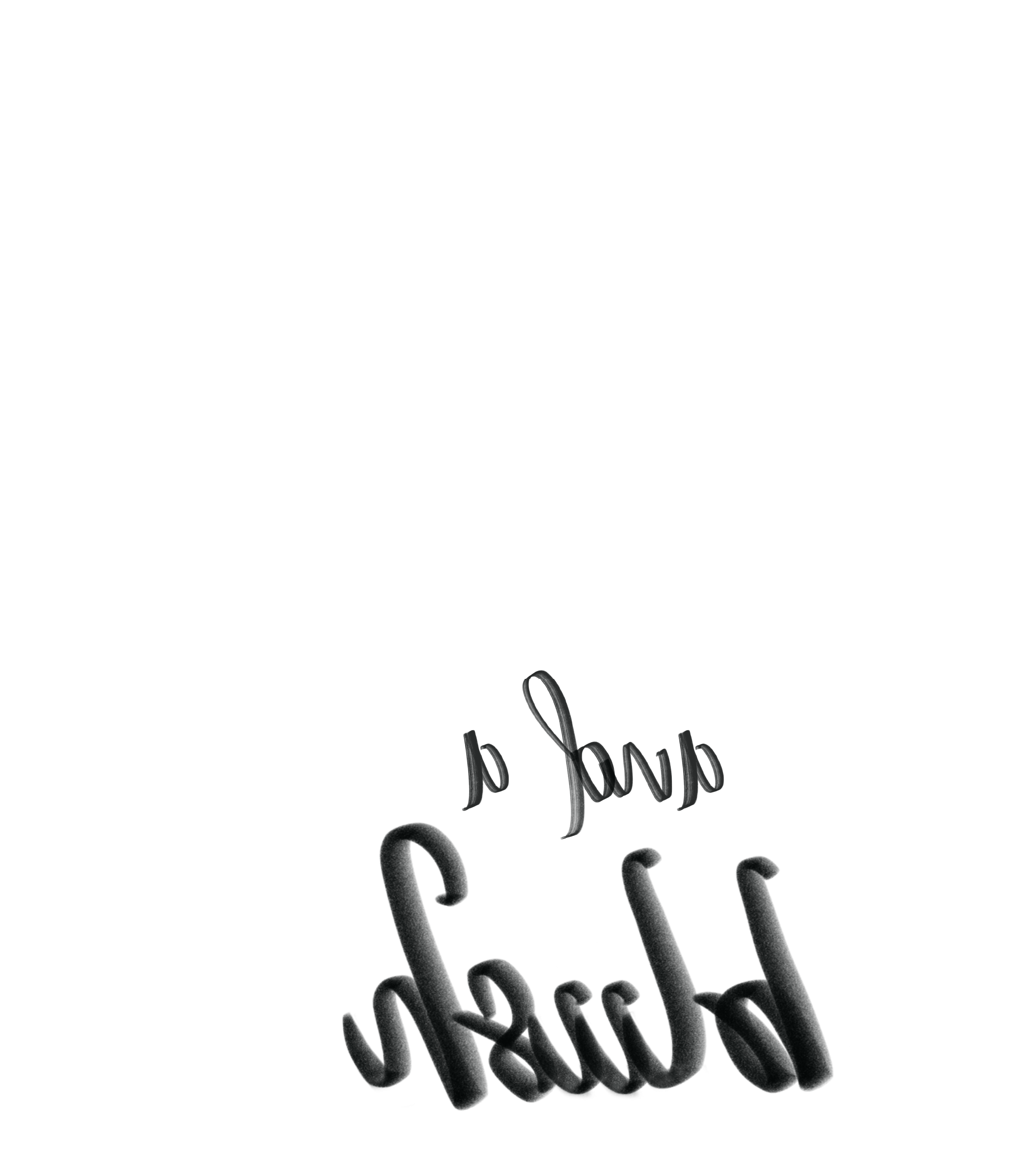



They have forever changed science, arts, sports, and politics. In this living project, we celebrate Goucher College graduates’ remarkable lives, and moments big and small, from the founding of the college in 1885 to today.



Master of Education Program Class of 1971
Warren Dorsey always knew education was important—his mother's most cherished dream for her children. His began in 1926 in a one-room schoolhouse in rural Maryland, the only school for Black children in the community. But he didn’t learn to read until 1931, when Dorsey moved to a larger school with a small library. He read everything, and a world bloomed in his mind. His education continued at Morgan College, a historically Black college in Baltimore, now Morgan State University, and he studied microbiology. He worked as a microbiologist for 25 years before retiring.
In 1970, Dorsey applied to Goucher’s Master of Education Program and became the first Black man to graduate from Goucher College. He then became an elementary school teacher. He believed he could have the most influence on the most students by teaching younger ages, a time of great wonder in his own life. Eventually, he became a principal before retiring, again, in 1981.
Dorsey lived his mother’s dream. He began a boy who couldn’t read and became a man with a graduate degree. As Dorsey says, "I have the satisfaction of knowing that I beat whatever odds that life threw at me and succeeded."



Class of 1908
“In this present day of worldly assurance it is the greatest pleasure to meet a young lady who possesses the art of blushing. Miss Wilson has reached the height of perfection in that her color like that of the heroines of fiction, 'suffuses her countenance.'' She is aesthetic, poetic, and idealistic.” So was Jessie Woodrow Wilson Sayre described in the Donnybrook 1909 yearbook, in a section called "In the Public Eye."
The younger daughter of President Woodrow Wilson, Sayre grew up in Georgia. After graduating Goucher, then the Woman’s College of Baltimore, she became a political activist and worked at a “settlement home” in Philadelphia for three years. As part of the settlement movement, these homes were established in poor neighborhoods and lived in by volunteers who offered daycare, health care, and education to the people in the area.
Sayre moved to Eastern Massachusetts shortly after her father’s presidential inauguration in 1913. She was involved with the Democratic Party and the League of Women Voters, working for women’s suffrage and encouraging women to assume larger roles in public policy.
Here was a woman with both brio and a blush—one of many in Goucher’s history.


Class of 1917
No woman had done it before? That never stopped Sarah Tilghman Hughes. To support herself during law school at George Washington University, she became a police officer in DC’s Metropolitan Police Department, one of the first women to do so. She didn’t carry a gun, but her beat was to protect vulnerable women on the streets.
After law school, Hughes moved to Texas, where she struggled to find work due to her gender. She set her sights higher: In 1930, she was elected to Texas’ House of Representatives. In 1935, she was the first woman in Texas to be appointed as a district judge. In 1962, the U.S. Senate confirmed Hughes as a federal judge, the only woman appointed so by President John F. Kennedy and the first woman to become a federal judge in Texas.
After Kennedy’s assassination, Vice President Lyndon B. Johnson needed a federal judge to swear him in. “Get Sarah Hughes,” he said. Hughes became the only woman to swear in a U.S. president. In the famous photo aboard Air Force One, Hughes stands with her back to the camera, Johnson’s hand on the bible as he towers over her, Jackie Kennedy at his side.